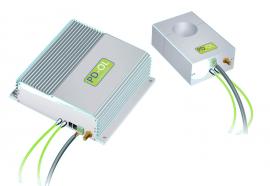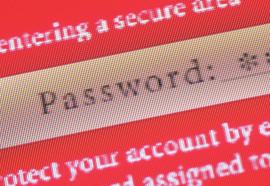Cyber Attack! - Smart-Grid Security
Intelligent power grids present vexing cyber security problems
In a world where streetlights can be used as a weapon, controlling local utility networks becomes more than just a matter of public convenience and necessity. It becomes a matter of public safety and even national security. And in that world, the idea of an inter-networked, automated distribution grid poses troubling questions about cybersecurity vulnerabilities.







